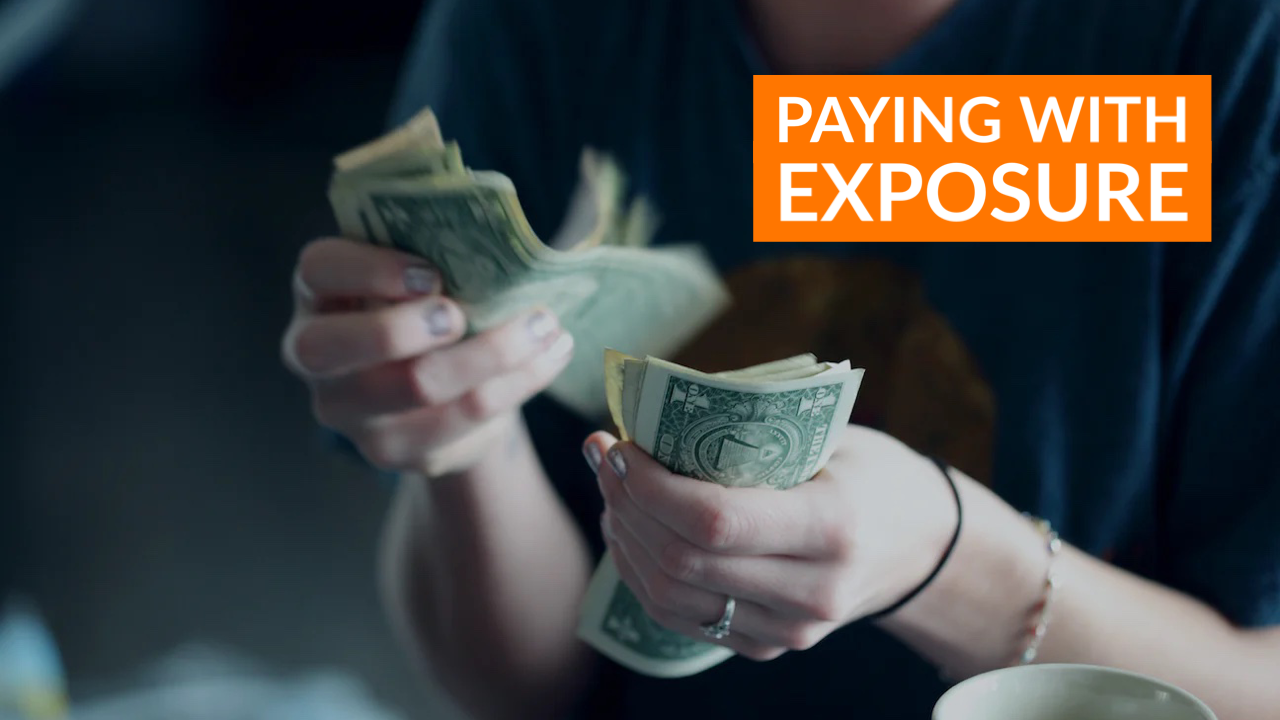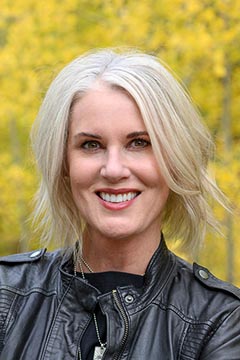
Editor’s Note: With the Travel Photography Conference coming up soon, I wanted to re-share this 2021 post from instructor Deb Sandidge! You can get more info about the conference and register at KelbyOneLive.com.
The Surreal World of Long Exposure
Imagine…
How do you shoot something that hasn’t quite happened yet… or convey a sense of motion through your photography? Is it possible to capture a sense of time passing? How do you move past the snapshot into the realm of the surreal?
These are all things close to my heart and are questions I like to answer through my photography. I love to demonstrate what happens over time, whether it is a fraction of a second or several minutes or more. Yes, you guessed it, this is one of my favorite approaches to taking pictures! I visualize what may happen, most often I’m on target, and sometimes not quite, but the pursuit of what I imagine is exciting to me.
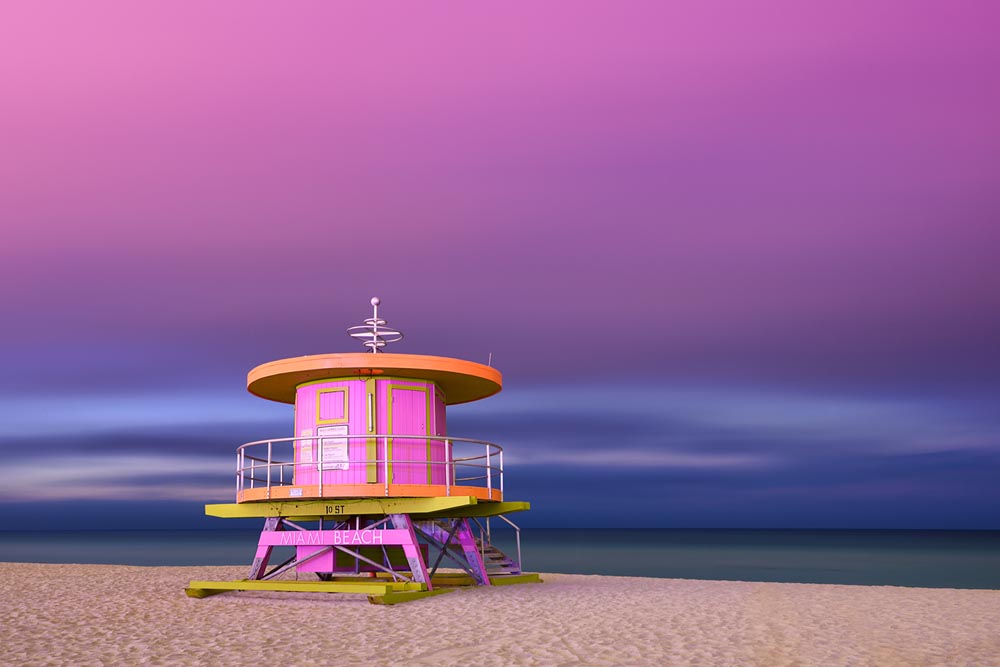
Through experience, I generally know what will happen when I shoot Atlantic Coast seascapes if I begin to shoot about an hour before sunrise. I may be lucky enough to capture a few stars, smooth the waves of the ocean, and stretch the clouds across the sky. It’s a familiar approach for me. I’ll often reach for the same camera, lens, and settings, varying my ISO to suit the composition.
I’m always surprised at how different each composition looks. Depending on cloud cover, weather, surf conditions, and moon phase, every shot is unique! Starting early gives me the opportunity to see what conditions may be like at sunrise and I truly enjoy being the first person on the beach.
If I’m shooting a San Francisco-Oakland Bay Bridge dawn shot, I will be the first person there, waiting for the first hint light while the rest of the city wakes up. The best light often occurs 45 minutes before sunrise. I love what happens with an exposure of 30 seconds or more. Watery reflections are smoothed out, and become almost magical, and clouds appear painted across the sky.
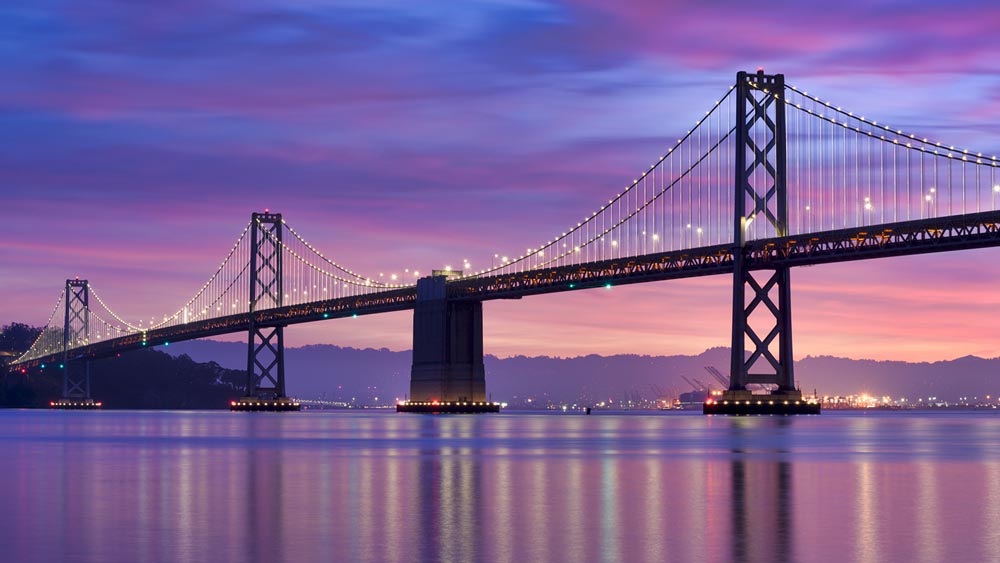
During sunrise, the light can be powerful and dramatic! It can also be a challenge to work with. At this point, I may reach the limits of my camera and lens, and I may need to use a graduated neutral density filter to help control the light. I love these creative controls. They’re like a paintbrush for the artist.
As I place a reverse graduated neutral density filter on the lens of my camera, the light is tamed, balanced, and the composition becomes more of what I envisioned. Taking the next step, I will use a solid neutral density filter to extend shutter speed. This takes my photography to next level, beyond the snapshot, into the surreal work of art.
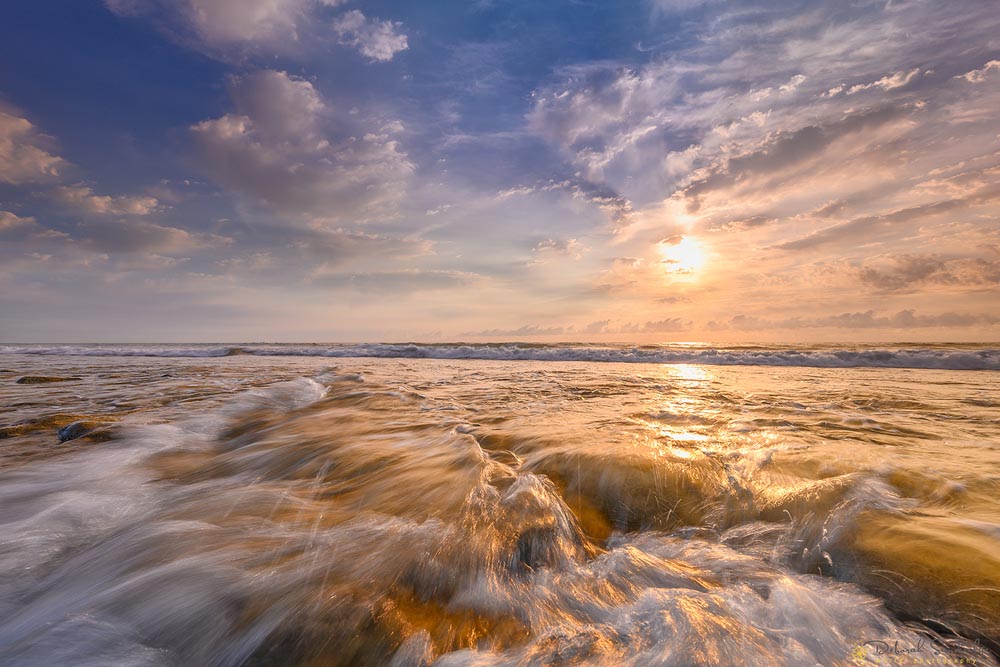
The harsh light of mid-day gives me the opportunity and challenge to extend exposures in the 4-6 minute range. This makes for fascinating work in the world of long exposures. I use a 15-stop neutral density filter to create a shutter speed that will illustrate what transpires over time. With patience and practice, clouds can appear to be feather painted through the sky, water is blurred, and a surreal and unique photograph can be created.
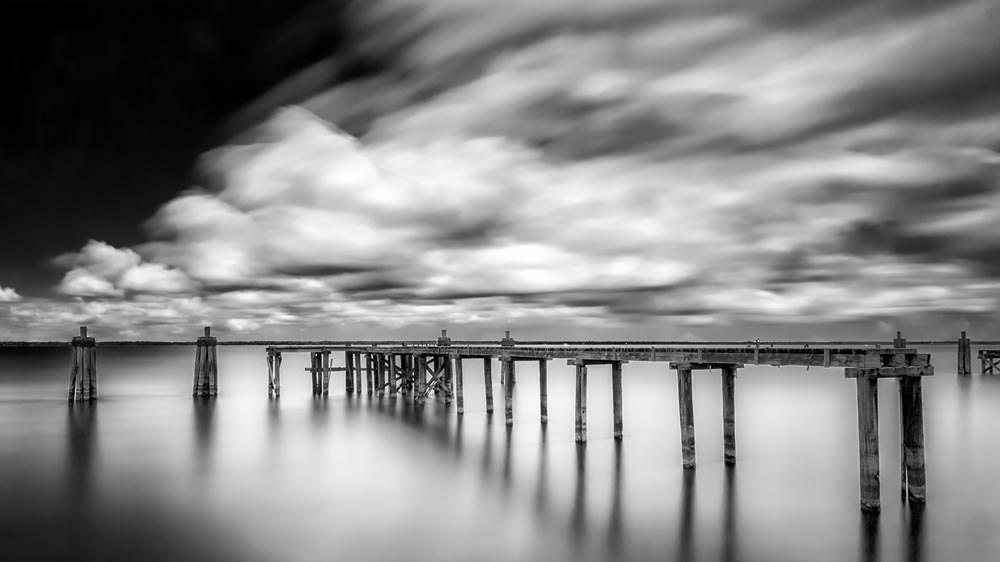
The blue hour is my favorite time of day to photograph. During this time, the light is balanced, rich in color, and allows for wonderful long exposure imagery. This is when I will shoot cityscapes, especially traffic, to create a sense of motion while lights within the city begin to glow and color in the sky becomes vividly blue. I’ve enjoyed long exposure opportunities from NYC to Moscow in pursuit of the blue hour. Capturing a vibrant sky can make exceptional photography.
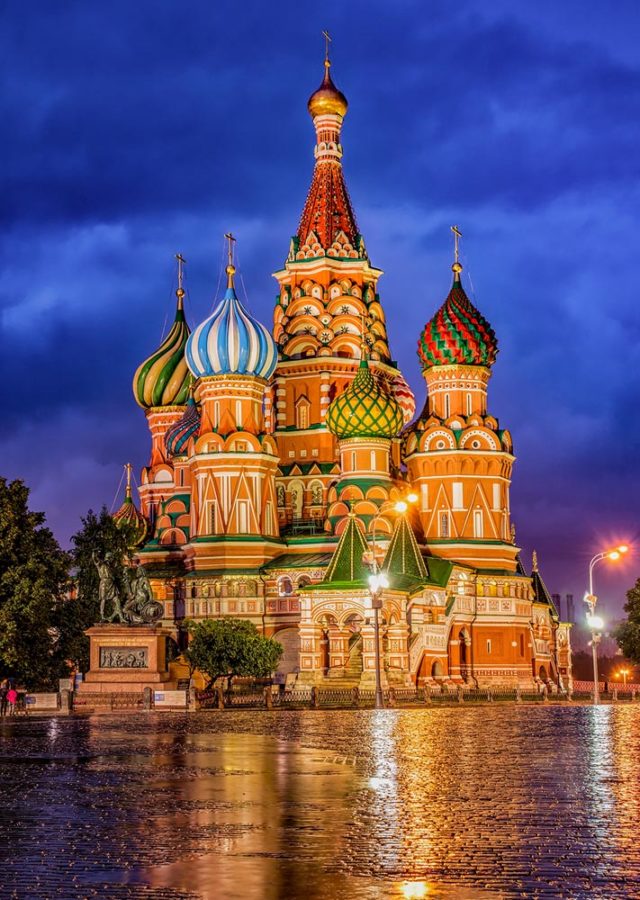
At night, the dynamics of a composition change dramatically. Light and shadows completely change a scene. I love to scout during the day and return to a location after dark. There are fewer crowds in touristy places and I have the city to myself. These are shots that wouldn’t be possible during the day. I often end up converting these photos to black and white to create a timeless and traditional look.

As I delve deeper into night, I think about the opportunity for photographing stars. Vast landscapes, such as Colorado, are windows of opportunity. There is less light pollution, and exposure times are easy to accomplish within the time frame of 20-30 seconds. I can shoot stars as pinpoints, or stack subsequent images for an impressionistic photo that conveys motion of the stars with the rotation of earth.
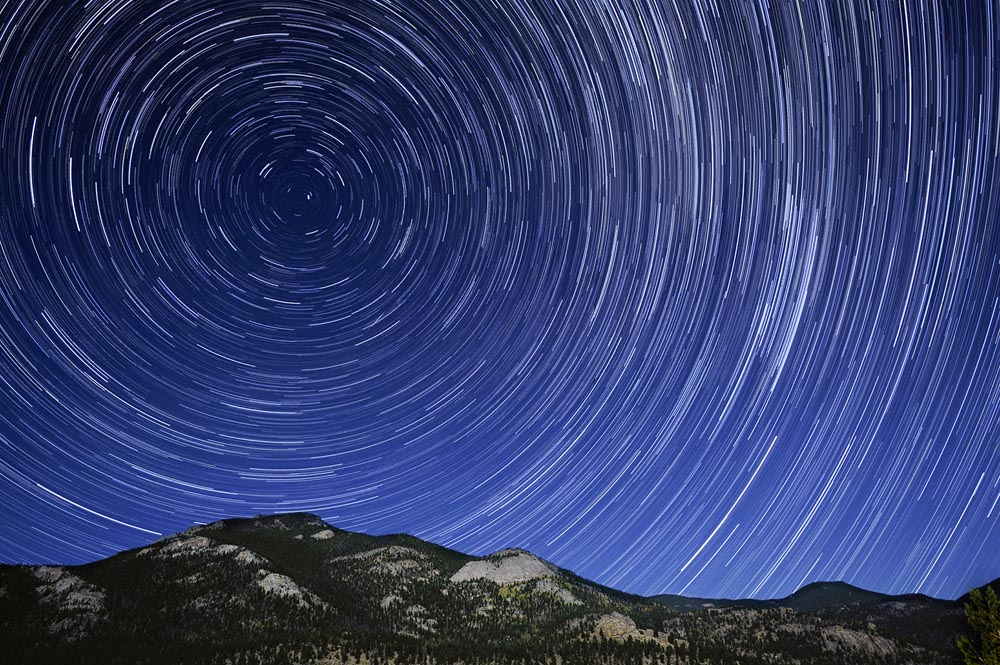
My goal is to move past the snapshot into a work of art. Creating an image that is one-of-a-kind, allowing viewers to experience what its like to be there over time. Mastering long exposure photography will enhance your creativity, expand enjoyment of your photography, and add a wow factor to your photos. Try it!
Deb Sandidge is a Nikon ambassador, Shutterbug Magazine contributor, and f-stop Gear ambassador. You can see more of her work at DebSandidge.com, and keep up with her on Instagram, Twitter, and Facebook.



